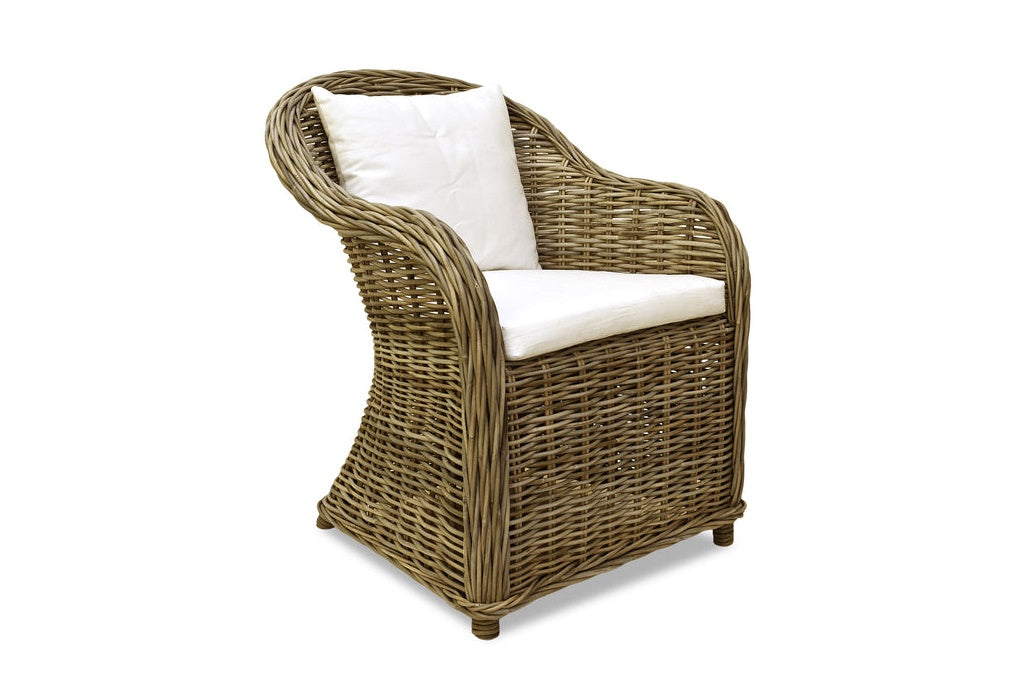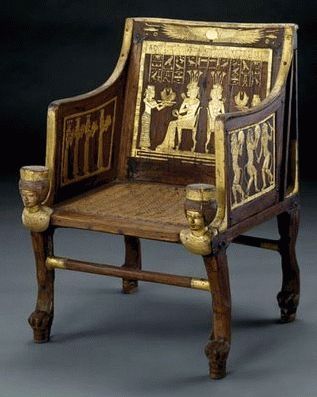
Rattan Furniture in the Spotlight
Share
Unless you have been living under a rock (and lets face it with the whole covid thing going on we don't blame you if you have been) you should have noticed that rattan, wicker, cane, whatever you want to call it, furniture is back in a big way. And here at Brisbane Furniture we are totally here for it.
This super versatile product has been revamped and brought into 2022 with a fresh new vibe. Gone is the fussy cane weaving, pinstripe cushions and heavy rolled armrests of 90's cane furniture. Rattan furniture in 2022 features a light and airy construction, crisp white upholstery and organic modern lines, evoking a feeling of a stylish island resort. Be sure to check out our collection of rattan resort style furniture HERE.
If you are loving this new look rattan furniture, then read on to learn a little more about where it can from and where its heading.

What is Rattan/Cane/Wicker?
Have you been wondering what is the difference between rattan, cane and wicker? Well here is a brief rundown.
Rattan is a type of palm with over 600 species, found predominantly in South East Asia, Africa and Australasia. Unlike palm trees that we see around QLD the rattan palm has a vine like nature, climbing in the undergrowth of the rainforest.
The rattan palm is harvested, and the outer paper like bark removed. The stems are then left to dry in the sun. Once dried, seasoned and graded these stems become the cylindrical structure used in the creation of rattan furniture.
Cane is actually the paper like bark layer that is removed from the rattan stalks. This thin product is then sliced into strips perfect for creating woven products such as seat and chair backs or cupboard door inlays.
The term Wicker a refers to the process of weaving materials, such as rattan and cane, into a finished product. Therefore the term wicker can refer to a broader range of products constructed of various materials.

A History of Wicker Furniture
The creation of wicker can be traced as far back as the Ancient Egyptians who used reeds growing on the side of the Nile to weave into wicker baskets. While intricately woven wicker furniture was reserved for the elite class.
The use of rattan and cane in wicker furniture is a little harder to trace, however it is thought to have appeared in China in the 15th Century. The use of rattan and cane continued to grow in appeal as a light weight, strong and durable material predominantly used in chair seats and backs, storage, luggage and decorative woven pieces.
It was not until the mid 1800's that an American business man names Cyrus Wakefield unlocked the full potential of using rattan as the structural element in furniture. He build an entire industry out of crafting rattan and cane furniture which was the origin of the rattan furniture we see today.
So every piece of wicker furniture we see today is a result of thousands of years of innovation and history.

Kubu Rattan
Kubu rattan is a particular species of rattan that when dried becomes a light beige colour. After drying, the rattan is then stained with mud to achieve the unique grey brown colour known as Kubu Grey.
Kubu rattan is commonly associated with a tightly woven enclosed base chair style, like our Kubu Chair, however this type of rattan can be used for many other furniture styles.

The Future of Rattan
While rattan furniture never really left us, it was relegated to the patio. Now with a new look and a modern make over rattan has definitely cemented its location in every room of the house, creating a light and breezy atmosphere perfect for our South East Queensland location.
We expect to see interesting new shapes and styles emerge, including new and original uses of the rattan structure together with the integration of other finishes such as glass or stone. New colour variations are sure to appear either through natural stains, like Kubu, or paint finishes.
Here at Brisbane Furniture we are excited to see the continued evolution of the versatile product and to see our Brisbane customers enjoying their new rattan furniture.
